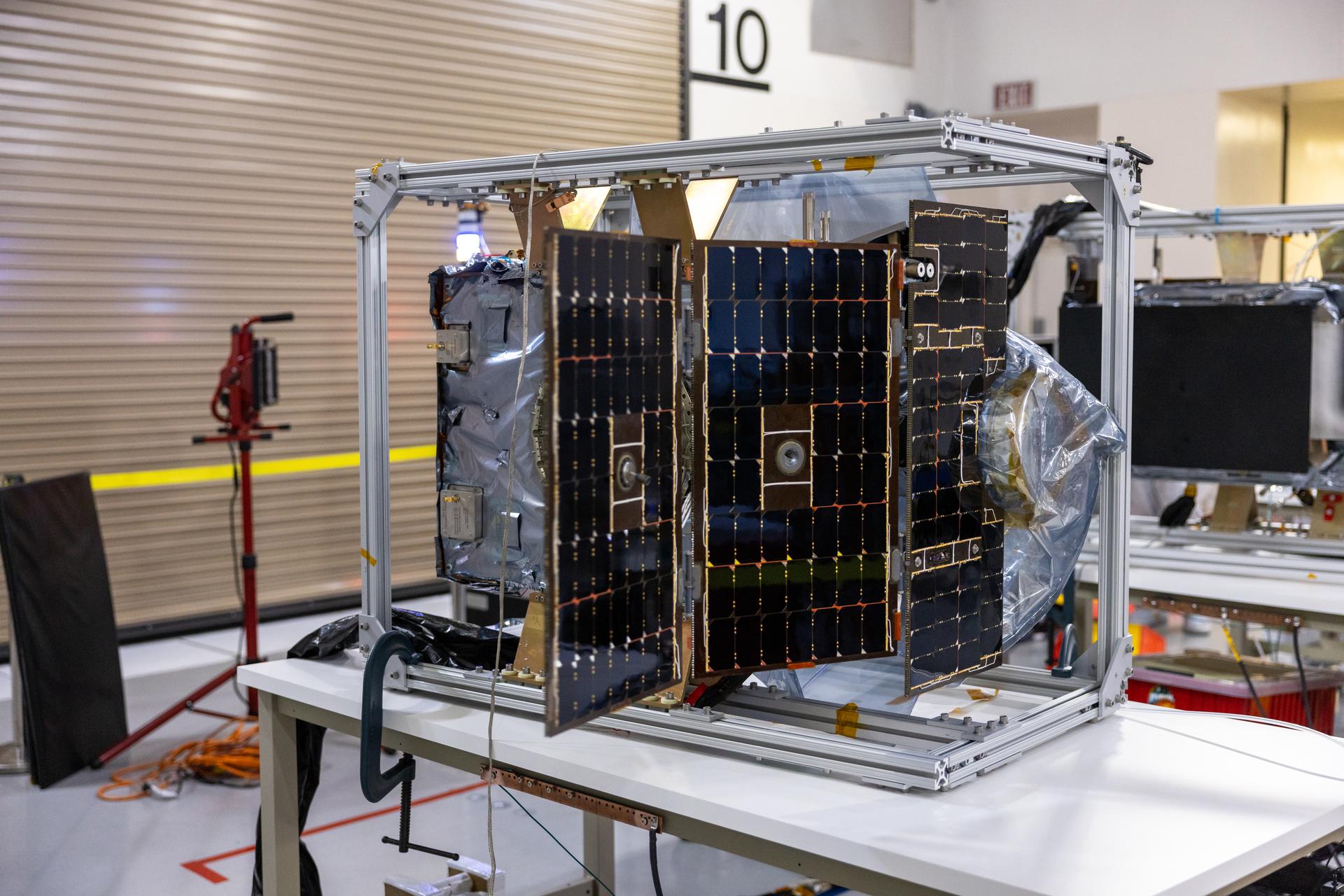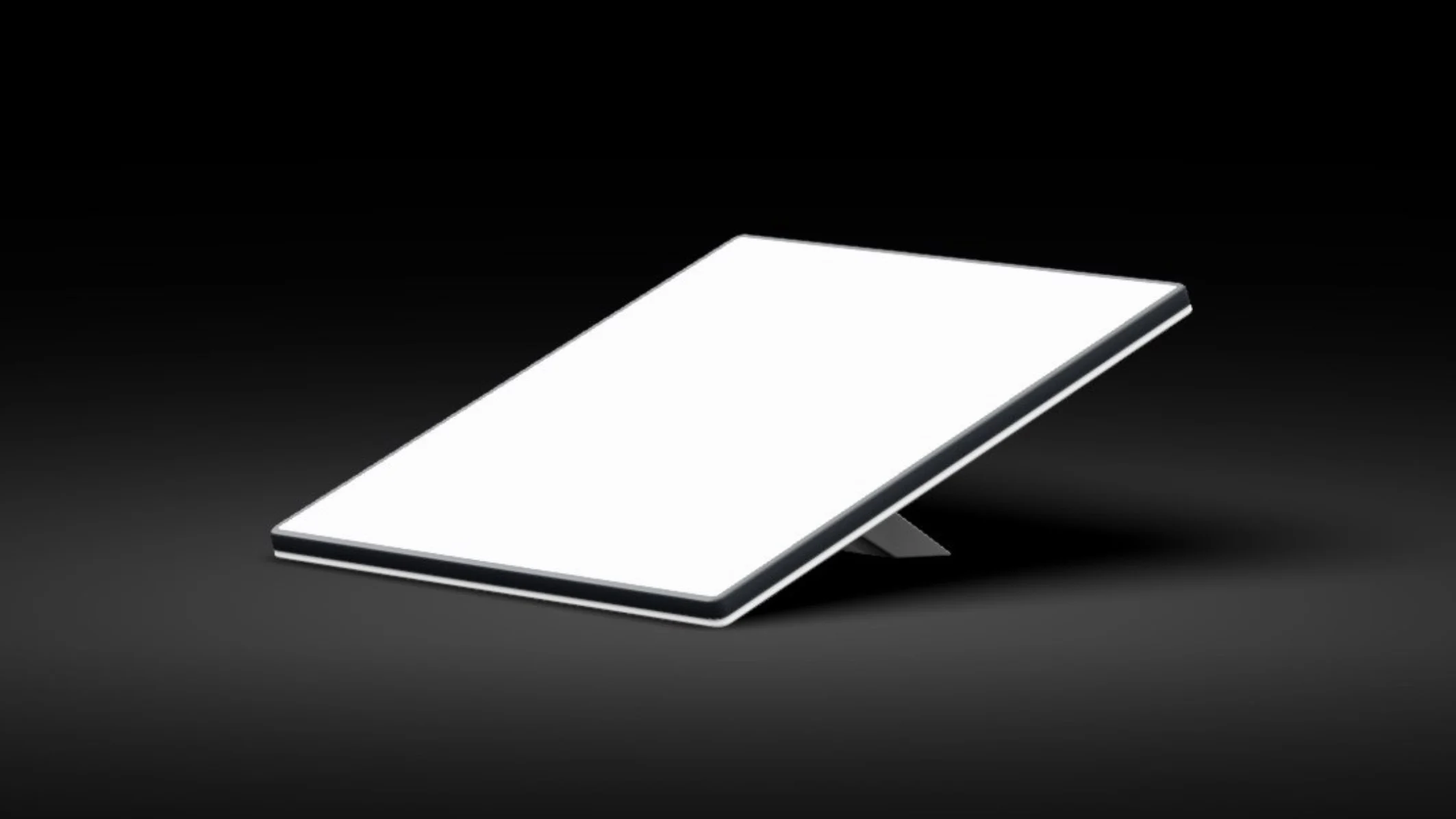NASA’s PUNCH Mission: Revolutionizing our View of the Solar Wind
Table of Contents
- 1. NASA’s PUNCH Mission: Revolutionizing our View of the Solar Wind
- 2. Seeing the Solar Wind in 3D
- 3. Building Upon Past Discoveries
- 4. A Rideshare Mission for Efficient Exploration
- 5. Looking Ahead
- 6. What specific technological advancements allowed PUNCH to achieve real-time, 3D imaging of CMEs?
- 7. Revolutionizing Our View of the Solar Wind: An Interview with Dr. Aava Patel
- 8. Q: Dr. Patel, thank you for joining us today. To start, can you briefly explain what the PUNCH mission is and its meaning?
- 9. Q: How does PUNCH accomplish this? What makes it unique?
- 10. Q: You’ve mentioned that PUNCH builds upon past discoveries.How does it continue this scientific legacy?
- 11. Q: The PUNCH mission is a rideshare with SPHEREx. How does this approach benefit both missions?
- 12. Q: Lastly, in your expert opinion, what do you think humanity stands to gain from better understanding the solar wind?
Earth is constantly bathed in a stream of charged particles emanating from the Sun, known as the solar wind. This powerful force impacts various aspects of our planet, from creating breathtaking auroras to influencing satellites and astronauts in space. To better understand this crucial interaction, NASA is launching its PUNCH (Polarimeter to Unify the Corona and Heliosphere) mission in 2025.
This groundbreaking mission will mark the first time we have a extensive, integrated view of the Sun’s corona, the outermost layer of its atmosphere, and the solar wind it generates. Through its unique capabilities, PUNCH aims to unlock secrets about the formation and evolution of disruptive solar events, ultimately leading to more accurate predictions of their arrival at Earth and their potential impact on our technological infrastructure and space exploration endeavors.
Seeing the Solar Wind in 3D
“What we hope PUNCH will bring to humanity is the ability to really see, for the first time, where we live inside the solar wind itself,” explains Craig DeForest, principal investigator for PUNCH at Southwest Research Institute.
PUNCH consists of four suitcase-sized satellites, each equipped with a complex polarimeter. This instrument utilizes the property of light polarization to reconstruct 3D images of the Sun’s corona and solar wind. As sunlight interacts with material in these regions, it becomes polarized – the light waves vibrate in a specific direction. By capturing data about this polarization, PUNCH can discern the exact trajectory and speed of coronal mass ejections (CMEs), massive bursts of solar plasma that can cause widespread disruption on Earth.
“This new perspective will allow scientists to discern the exact trajectory and speed of coronal mass ejections as they move through the inner solar system,” states DeForest. “This improves on current instruments in two ways: with three-dimensional imaging that lets us locate and track CMEs which are coming directly toward us; and with a broad field of view, which lets us track those CMEs all the way from the Sun to Earth.”
Working in unison,the four satellites create a unified “virtual instrument” that provides an unprecedentedly complete view of the solar wind.
Building Upon Past Discoveries
The PUNCH mission builds upon decades of research from previous heliophysics missions, including NASA’s Parker Solar Probe, which ventures into the Sun’s corona to gather up-close observations, and the CODEX technology presentation on the International Space Station. By combining data from these various sources, scientists will develop a comprehensive understanding of the solar wind’s origins, evolution, and impact.
“The PUNCH mission is built on the shoulders of giants,” says Madhulika Guhathakurta, PUNCH program scientist at NASA headquarters.”For decades, heliophysics missions have provided us with glimpses of the sun’s corona and the solar wind, each offering critical yet partial views of our dynamic star’s influence on the solar system.”
In the future, data from PUNCH will also harmonize with observations from the Interstellar Mapping and Acceleration probe (IMAP) mission, scheduled to launch in 2025, which will study the solar wind as it travels beyond the heliosphere.
A Rideshare Mission for Efficient Exploration
PUNCH is scheduled to launch as a rideshare mission with SPHEREx, NASA’s upcoming astrophysics observatory, in 2025. This efficient approach maximizes scientific return by sharing launch resources.
“PUNCH is the latest heliophysics addition to the NASA fleet that delivers groundbreaking science every second of every day,” emphasizes Joe Westlake, heliophysics division director at NASA Headquarters. “Launching this mission as a rideshare bolsters its value to the nation by optimizing every pound of launch capacity to maximize the scientific return for the cost of a single launch.”
Looking Ahead
The PUNCH mission, expected to operate for at least two years
What specific technological advancements allowed PUNCH to achieve real-time, 3D imaging of CMEs?
Revolutionizing Our View of the Solar Wind: An Interview with Dr. Aava Patel
We sat down with Dr. Aava Patel, Principal Investigator for NASA’s upcoming PUNCH mission at the Jet Propulsion Laboratory, to discuss the game-changing approach this solar wind exploration mission is taking.
Q: Dr. Patel, thank you for joining us today. To start, can you briefly explain what the PUNCH mission is and its meaning?
Dr. Patel: Thank you for having me. The PUNCH mission, or Polarimeter to Unify the Corona and Heliosphere, is set to revolutionize our understanding of the solar wind. The solar wind is a constant stream of charged particles from the Sun that influences our planet and space exploration, yet we’ve only had limited visibility into its origins and behavior. PUNCH aims to change that by providing the first extensive, integrated view of the Sun’s corona and the solar wind.
Q: How does PUNCH accomplish this? What makes it unique?
dr.Patel: PUNCH consists of four small satellites equipped with unique polarimeters. These instruments use the polarization of sunlight to reconstruct 3D images of the corona and solar wind.By capturing the exact trajectory and speed of coronal mass ejections (CMEs), we can better predict their impact on Earth and improve our space weather forecasting capabilities.
What sets PUNCH apart is its ability to provide real-time,3D imaging of CMEs and a broad field of view that allows us to track them from the Sun to Earth. It’s like upgrading from a flip phone to a smartphone – we’ve traded limited perspectives for complete, dynamic insight.
Q: You’ve mentioned that PUNCH builds upon past discoveries.How does it continue this scientific legacy?
Dr. Patel: Indeed, PUNCH stands on the shoulders of giants.It complements and expands upon decades of research from missions like Parker Solar Probe and CODEX. By combining data from these sources, we’ll develop a comprehensive understanding of the solar wind’s origins, evolution, and impact. Moreover, future data from PUNCH will harmonize with IMAP’s observations, painting an even more vivid picture of our dynamic star’s influence.
Q: The PUNCH mission is a rideshare with SPHEREx. How does this approach benefit both missions?
Dr. Patel: By launching as a rideshare, PUNCH maximizes scientific return per launch dollar. It’s like carpooling – we’re using shared resources efficiently, allowing NASA to fund more missions while keeping costs manageable. For PUNCH and SPHEREx, it means we can both get to space cheaper and faster, kickstarting our respective missions sooner.
Q: Lastly, in your expert opinion, what do you think humanity stands to gain from better understanding the solar wind?
Dr. patel: A better understanding of the solar wind opens doors to more accurate space weather forecasting, enhanced satellite and astronaut safety, and improved solar storm prediction for infrastructure protection. Ultimately, it paves the way for safer and more efficient space exploration, benefiting everything from GPS to human spaceflight. Plus, who wouldn’t want to better understand our cosmic neighborhood and how we’re connected to the Sun?
Dr.Patel’s enthusiasm is infectious, and her vision for the PUNCH mission leaves us eager to witness the groundbreaking discoveries her team is poised to make.




